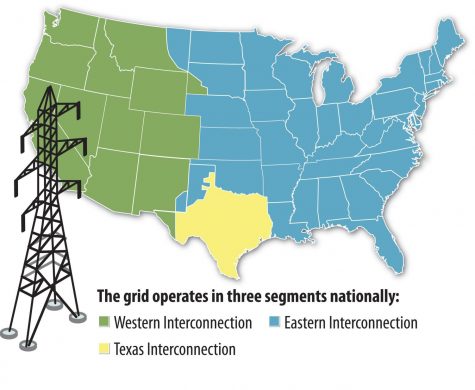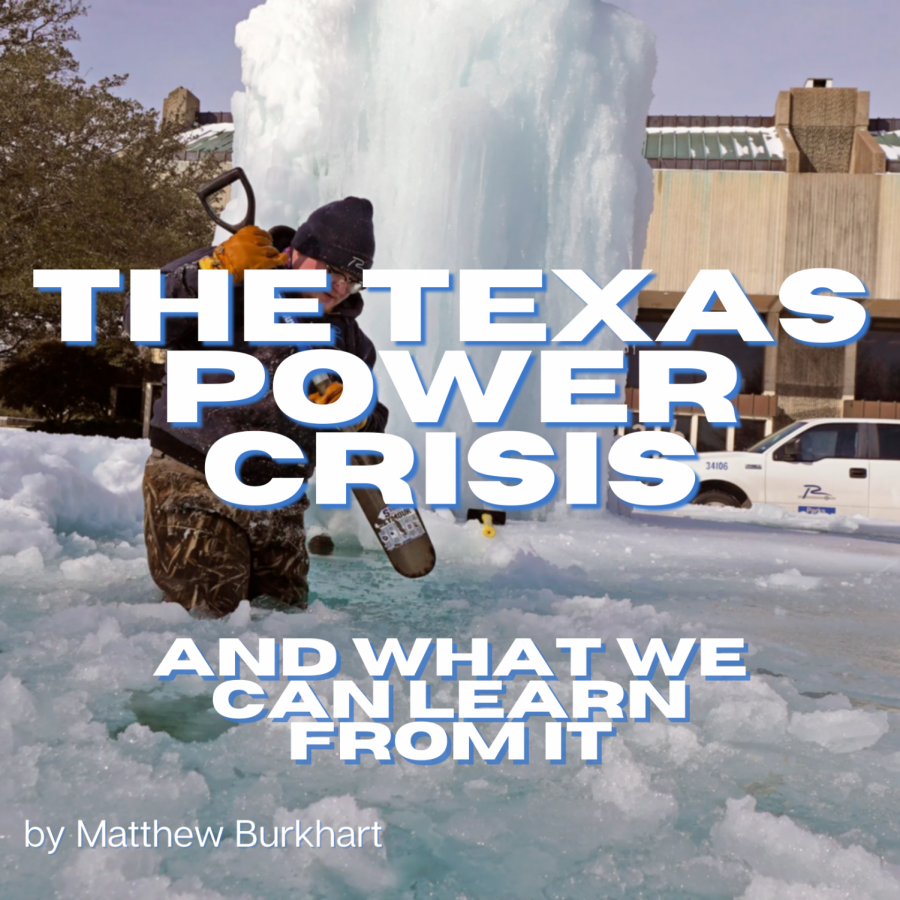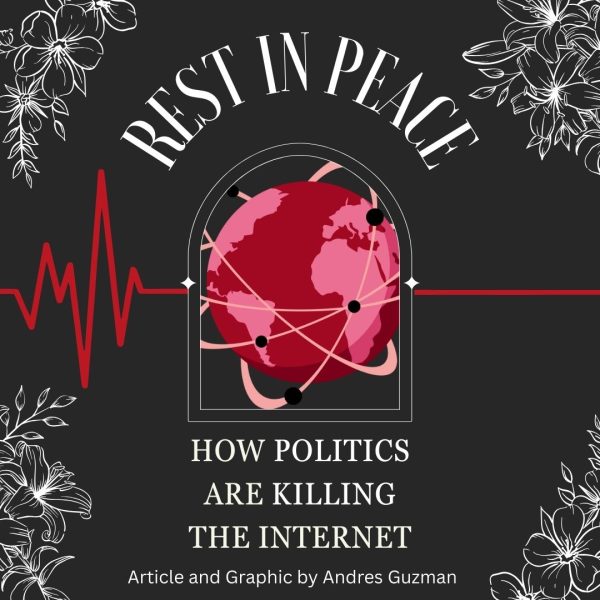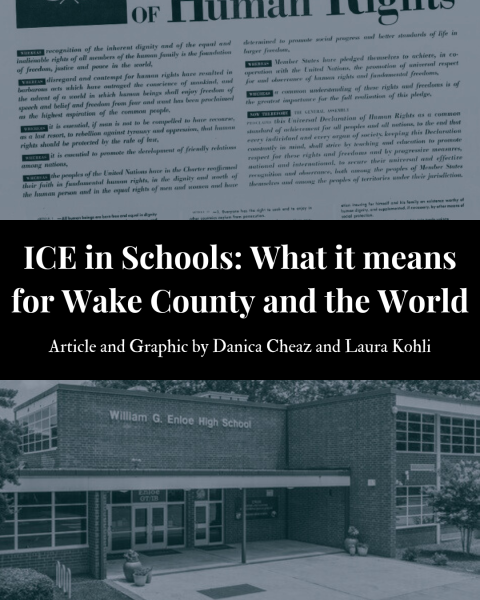The Texas Power Crisis and What We Can Learn From It
It has been a month now since millions of people in Texas, “the energy capital of the United States,” have been without power after being hit by the 2021 North American Winter Storm, an unusually severe winter storm that left roughly 70% of the country covered in snow and revealed Texas’ dated and broken electric grid. Why did Texas lose power when other states hit by the storm never did? What can we learn from this?
The easiest way to explain why so many Texans lost power is due to its position on the U.S. electrical grid: it stands completely by itself. The U.S. has three electrical grids, the Eastern Interconnect, the Western Interconnect, and the Texas Interconnect. The reason why the U.S. has these interconnects is so that when a certain area of the country loses power, they can easily draw power from their interconnect. Since Texas is on its own and almost the whole state was hit by this massive winter storm, they had nowhere to draw power from. States like Arkansas and Oklahoma experienced just about the same conditions as Texas, but they had the ability to draw power from the Eastern Interconnect.

You might be wondering now, why does Texas have its own power grid? In the 1930s, energy companies in Texas pushed for a power grid unique to Texas to prevent the government from regulating their electricity sales. In 1935, President Franklin Delano Roosevelt signed the Federal Power Act, an act that gave the government the ability to regulate interstate power lines. In response to this act, Texan electrical companies closed off Texas’ electrical grid from the rest of the country. Almost 90 years later, Texas’ power grid is still completely independent.
This recent power crisis isn’t the first wake-up call for Texans. In November 1965, the majority of the Northeast U.S. lost power in a blackout, due to faulty programming and increased demand for power. In response to this blackout, ERCOT (Electric Reliability Council of Texas) was formed. ERCOT is tasked with the responsibility to oversee Texas’ power grid. Although ERCOT is a non-profit corporation, they are still independent of the federal government so Texas can stay separate from the federal government’s influence on their power grid.
Another factor that contributed to the failure of Texas’ power grid is climate change. Texas’ infrastructure is dated, and with a normally hot, dry climate, Texas’ infrastructure wasn’t built to withstand the effects of unexpected below-freezing snowstorms induced by climate change. Once Texans started receiving power again, another issue arose: water pipes were freezing and bursting. Texas pipes weren’t built with the intent of preventing them from expanding and bursting during severe winter storms, which is causing many climate activists to further demand the implementation of green infrastructure laws, such as the Green New Deal.
Now, some Texans are having to pay overpriced electricity bills, due to the wholesale of electricity in Texas paired with the high demand for electricity. Most of the Texans having to pay more are paying their electricity bills with Griddy, an electricity provider that only operates in Texas. Normally when buying wholesale electricity, it’s cheaper than buying from a fixed rate, but with the sudden extreme demand for power, prices have skyrocketed. Susan Hosford of Denison, Texas, interviewed by AP, stated that on a normal day, she would pay $2.50 for electricity, but she was charged $1,346.17 for the first two weeks of February.
This power crisis is only one of the many crises that are prompting many to push for more green energy, climate action, and more electricity regulations. Whether the governments of Texas or the United States decide to act on these issues is up to debate. In the midst of a pivotal point regarding climate change and infrastructure and as climate change worsens, it is likely to see more irregular storms such as the one that hit Texas.

(He/him)
Matthew is a senior and is very excited to be the news editor this year! He loves writing about political issues and local news. Outside of...












